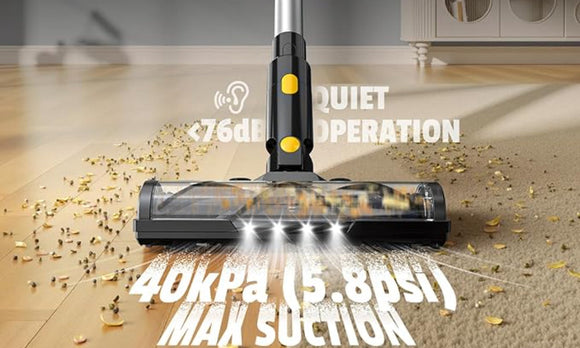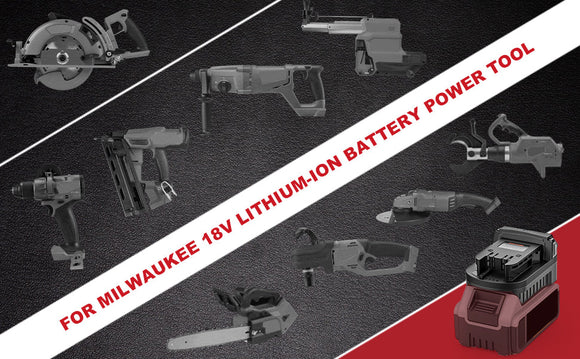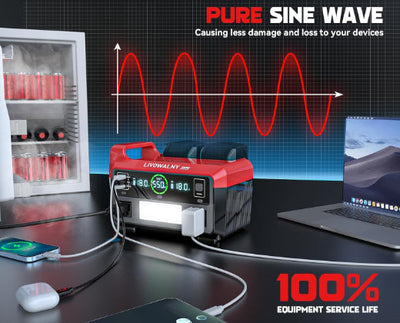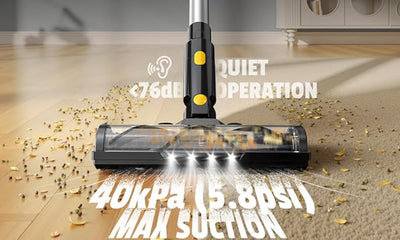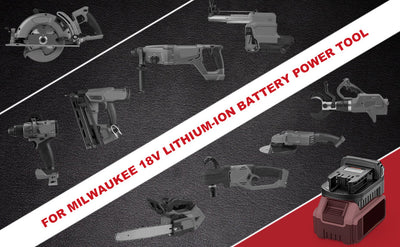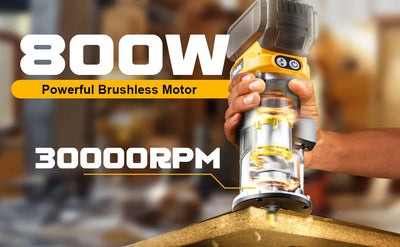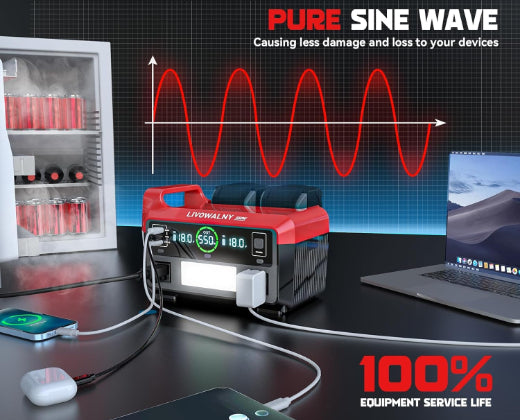
PURE VS. MODIFIED SINE WAVE INVERTERS: WHICH ONE SHOULD YOU CHOOSE
You’re looking at two inverters that seem identical - same wattage, same purpose - but one key detail sets them apart: how they deliver power. That difference lies in the shape of the electrical wave they produce, which can determine how well your devices run, how long they last, and if they even work at all. Understanding the difference between a Pure Sine Wave and a Modified Sine Wave inverter is the key to choosing power you can truly rely on.
First, What’s a "Wave" Anyway
The electricity from a standard wall outlet is smooth, clean, and follows a perfect wavy pattern - a sine wave. This is the "language" that most of our home electronics are designed to understand.
An inverter’s job is to recreate this wave from your battery's DC power. How well it does this is the core difference between our two types.
Pure Sine Wave (PSW) Inverter
A Pure Sine Wave inverter produces power that is identical to, and often even cleaner than, the power from your utility company. It’s a smooth, perfect wave.
Advantage:
Universal Compatibility: It will run anything you plug into a standard wall outlet without any issues. This includes the most sensitive devices:
- Medical equipment: CPAP machines, oxygen concentrators.
- Tech Gadgets: Laptops, gaming consoles, smartphones, LED TVs.
- Kitchen Appliances: Microwaves, refrigerators, blenders with variable speeds.
-
Motors and Tools: Power tools, fans, and garage door openers run quieter, cooler, and more efficiently.
Quieter Operation: Motors run smoothly and silently.
Higher Efficiency: Devices operate at peak efficiency, drawing less power from your batteries and generating less heat.
Disadvantage:
Higher Cost: Pure Sine Wave inverters are more expensive due to their complex internal electronics.
Modified Sine Wave (MSW) Inverter
A Modified Sine Wave (MSW) inverter, sometimes called a "quasi-sine wave" inverter, is the workhorse. It creates a stair-stepped wave that approximates a smooth sine wave. It’s a simpler, more efficient electronic process, which makes it more affordable.
Advantage:
Cost-Effective: This is the biggest advantage. Modified sine wave inverters are significantly cheaper, making them a great entry-level option.
Good for Simple Loads: It works perfectly fine for simple resistive loads that just create heat. Think:
- Incandescent light bulbs
- Space heaters
- Water heaters
- Basic coffee makers
Disadvantage:
Sensitive devices at risk: Jagged waves can affect delicate electronics and motors.
Audible buzz: Fans, drills, and appliances may hum.
Lower efficiency: Motors work harder, wasting battery and generating heat.
Potential glitches: Medical devices, audio gear, and printers may malfunction.
Side-by-Side Comparison
|
Feature |
Pure Sine Wave Inverter |
Modified Sine Wave Inverter |
|
Waveform |
Smooth, perfect wave |
Stepped, blocky wave |
|
Cost |
Higher |
Lower |
|
Compatibility |
All appliances and electronics |
Most simple appliances (resistive loads) |
|
Motor Efficiency |
Runs motors at peak efficiency, quietly |
Motors run less efficiently, louder, and hotter |
|
Sensitive Electronics |
Safe for laptops, medical devices, etc. |
Risky; can cause damage or malfunction |
|
Best For |
Powering a modern home, sensitive electronics, medical devices, RVs, boats. |
Basic tools, lighting, simple heating elements, budget-conscious users. |
Which One Should You Choose
Choose a modified sine wave inverter if: You’re on a tight budget, powering simple appliances like lights, fans, or small tools.
Choose a pure sine wave inverter if: You want the safest and most efficient power for sensitive electronics, appliances with motors, or high-end audio/video equipment.
Pure Sine Wave inverter delivers clean, efficient power for sensitive electronics and motors. Modified Sine Wave inverter handles basic appliances on a budget. Choose wisely - the right wave keeps your devices running smoothly and safely.
